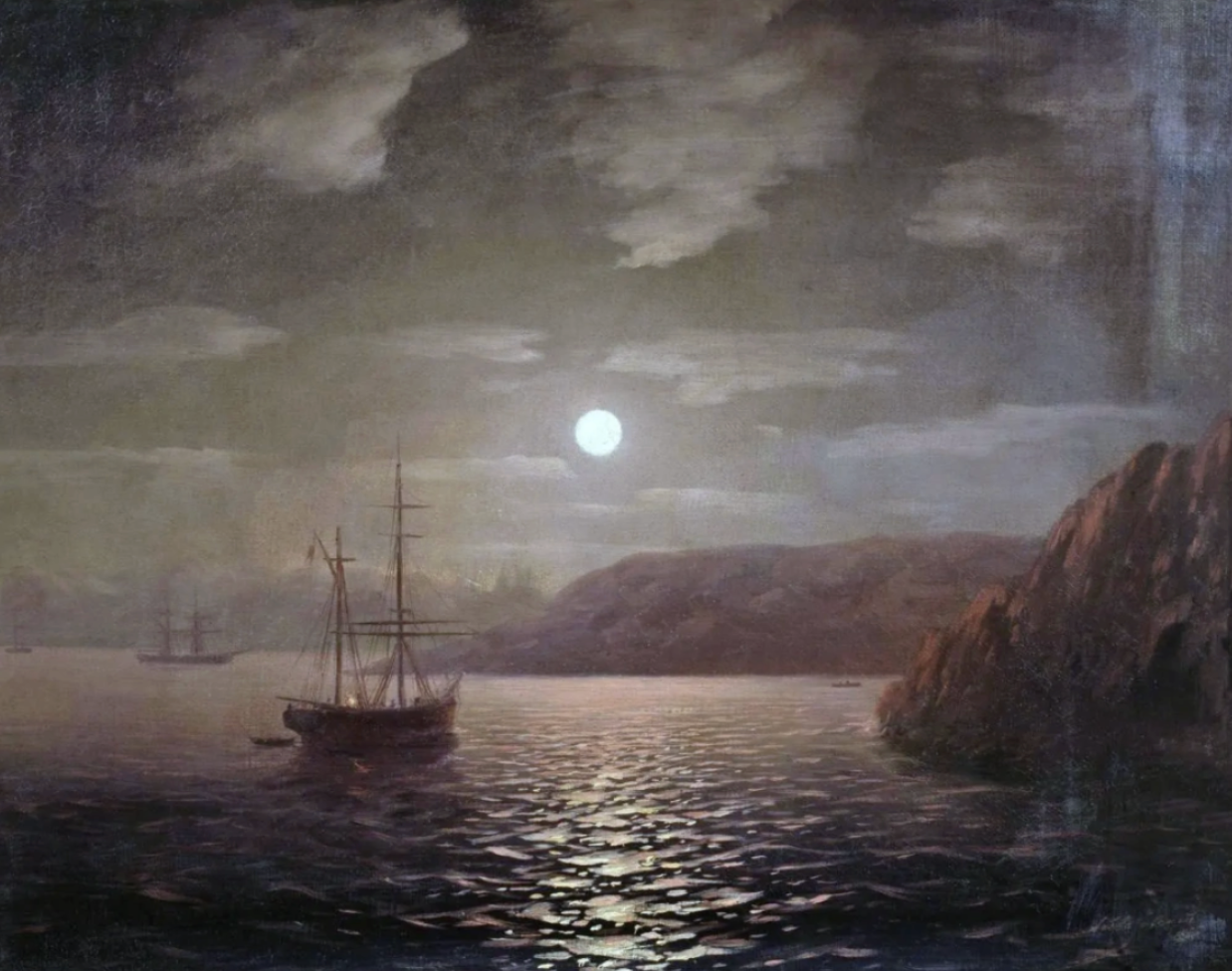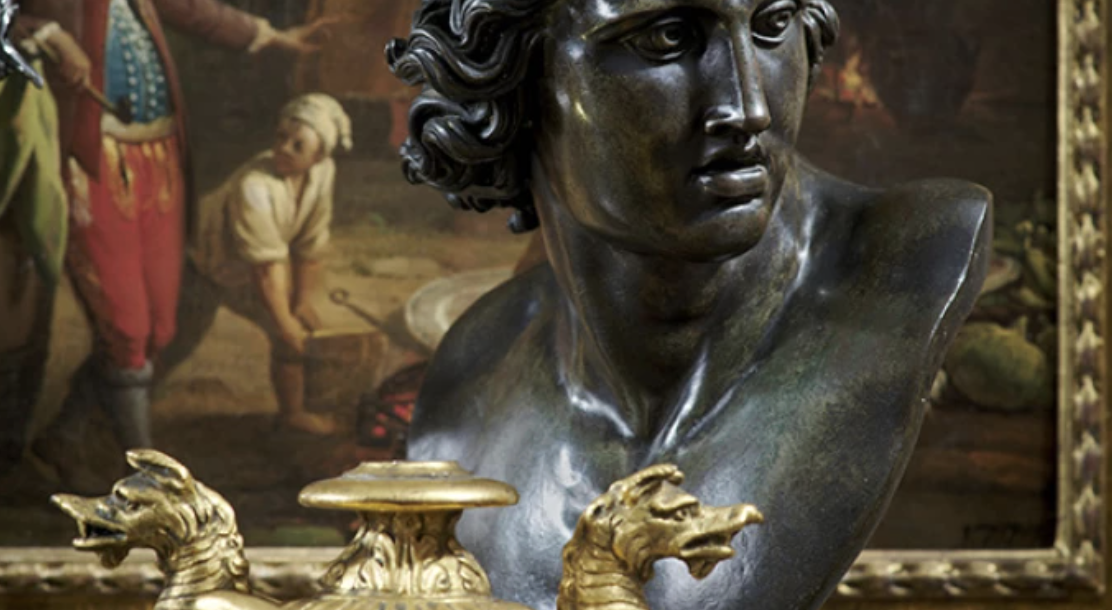The "fileteado porteño" is a design style characterized by extravagant flourishes, nature motifs, and Argentine national symbols. It adorns the city of Buenos Aires, from decorated buses to business signs and graffiti. The style was once on the cusp of disappearing, but mentorship and expansion strategies brought it back.
Art Basel Miami Beach is a week-long event with lavish music festivals and art exhibitions. Art sells for millions of dollars, and people come opulently displaying their wealth. “ATM Leaderboard”, by Brooklyn-based art collective MSCHF, is a work that takes a photo when someone inserts their credit card to withdraw money. After they are done with their transaction, their photo and the amount in their bank account goes on the leaderboard to display and compare their wealth.
Grabbing headlines on Friday, December 2nd, Diplo posted a video on Instagram where he broke the record on the leaderboard at over $3 million. “I just won Art Basel,” he prematurely wrote. Within days, he quickly moved multiple places down until the top of the leaderboard belonged to someone with over $9.5 million.
“ATM Leaderboard is an extremely literal distillation of wealth-flaunting impulses,” Daniel Greenberg (one of the founders of MSCHF) told CNN in an email. At Miami Basel, people rent sports cars and rent expensive clothing to appear rich for this event, but what happens when they are tested to transparently display their wealth? In a way, this ATM Leaderboard aims to call people out for their performative behavior, and question what the display of wealth means, particularly at art events.





